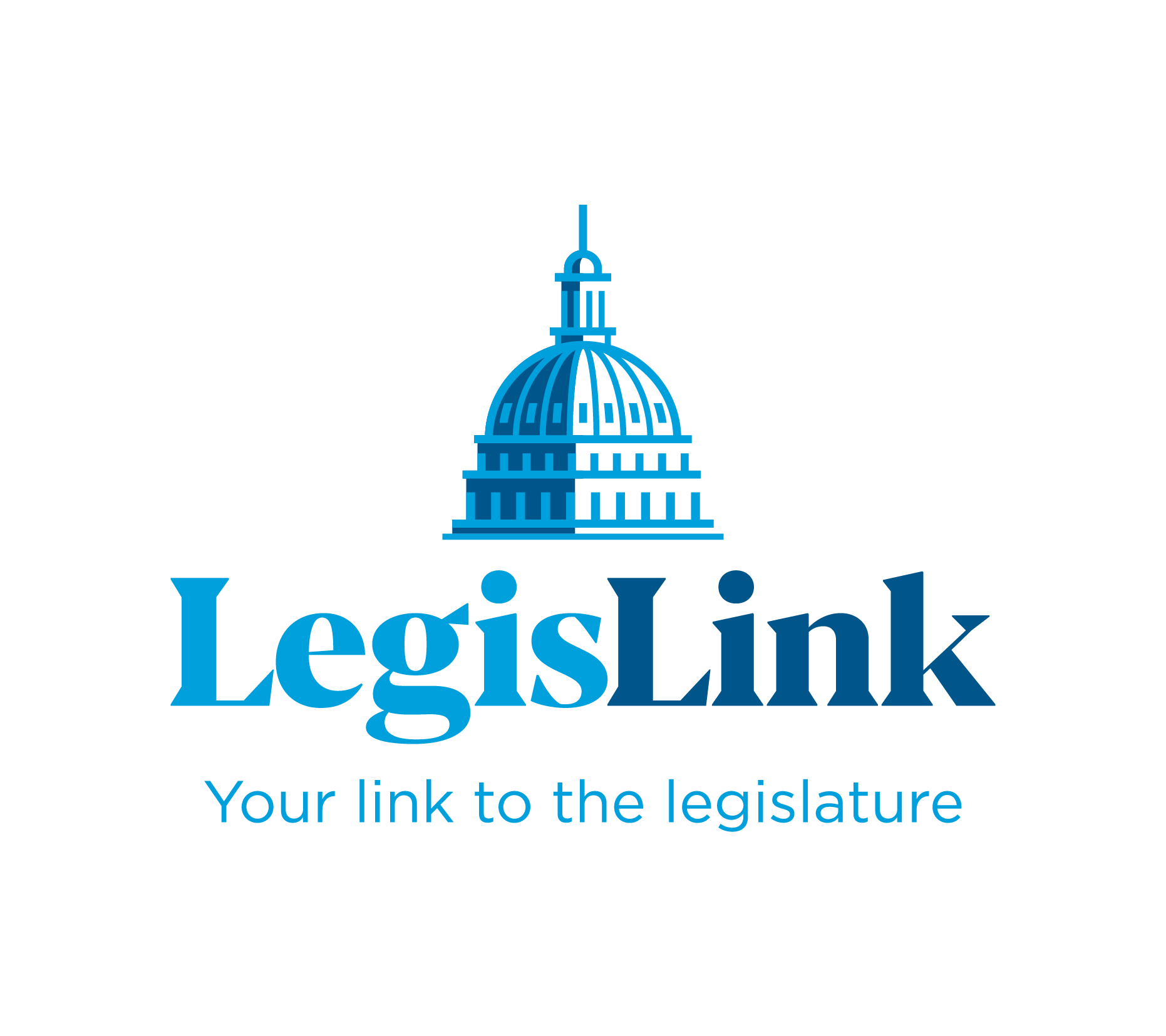Reimbursement policies that favor large health care systems have accelerated the consolidation of cancer care in recent years. Unfortunately, these troubling trends have led to a significant shift in the delivery of certain services from the community-based setting to the hospital outpatient department, resulting in increased health care costs to patients, employers, Medicare and taxpayers.
Hospital outpatient departments (HOPDs) are paid significantly higher rates for the exact same services provided in an independent physician office. According to a 2020 study on cost differences for oncology medicines across sites of service, hospital prices for the top 37 infused cancer drugs averaged 86.2% more per unit than in physician offices. For every drug examined, HOPDs charged more on average, with differences ranging from 128.3% (nivolumab) to 428% (fluorouracil). Moreover, a 2018 analysis found total reimbursement during a 6-month cancer treatment episode was nearly twice as high in an HOPD compared to a physician’s office ($84,660 vs $43,700).
Payment policies that support higher reimbursement in the HOPD setting encourage the acquisition of office-based physician practices, further restricting patient access to care in the lower cost community setting. Between 2012-2018, “the number of physician practices owned by hospitals/health systems rose 124%, with 44,000 additional physician practices acquired,” according to a study commissioned by the Physicians Advocacy Institute. In its June 2023 report, the Medicare Payment Advisory Committee (MedPAC) stated, “payment differences across settings encourage arrangements among providers—such as the consolidation of physician practices with hospitals—that result in care being billed at the payment rates of the provider with the highest rates, increasing program and beneficiary spending without meaningful changes in patient care.”
The Network supports H.R. 4473, the Medicare Patients Access to Cancer Treatment Act, introduced by Rep. Jodey Arrington (R-TX), which would directly address the troubling trend of consolidation in oncology by requiring payment parity for outpatient cancer care. To learn more about this important legislation, CLICK HERE. More broadly, The Network, in conjunction with the Alliance for Site Neutral Payment Reform, advocates for payment parity across site of service to decrease Medicare and commercial spending, ensure patient access to the right care in the right setting and lower taxpayer and beneficiary costs.
In addition to receiving higher payment rates for outpatient services, many hospitals also participate in the 340B drug discount program which is largely aimed at stretching scarce federal resources to benefit indigent patients in critical access areas. However, the program’s recent growth may be contributing to the consolidation of community oncology practices. Based on an internal study from the Community Oncology Alliance, it is estimated that roughly 722 community cancer practices have been acquired by or affiliated with hospitals since 2008, with a significant portion of those transactions believed to be leveraged with 340B benefits. This has resulted in a shift in the site of service for chemotherapy administration from the physician‐office setting to other, more-costly outpatient settings. Over the last decade, the percentage of cancer care services delivered in the community-based setting dropped from over 80% to around 50%.
In order for policymakers and regulators to properly assess the scope and value of the 340B program, the Network supports increased transparency through public reporting on meaningful data that provides additional clarity on a covered entity’s patient mix, savings associated with enrollment, revenue associated with 340B-eligible outpatient drugs/services and charity care or patient services underwritten by 340B proceeds.
Additional Resources:
- LTE from Dr. Moshe Chasky on site neutral payments, hospital anti-competitive behavior
- The Network Submits Written Testimony for House Budget Committee Hearing on Consolidation
- LTE from Dr. Mark Fleming calling on passage of the bipartisan Lower Costs, More Transparency Act
- Op-ed from Dr. Ralph Heaven on the need for site neutral payments in cancer care
- Op-ed from Dr. Joseph Buscema on the value of community cancer care
- The Network’s Issue Brief on Site Neutral Payments
- Op-ed from Dr. Marcus Neubauer discussing how payment disparities drive consolidation
- The Network’s Comments to Healthy Futures Task Force Affordability Subcommittee
- The Network Comments on the 2020 Proposed Hospital Outpatient Prospective Payment and Ambulatory Surgical Center Payment Systems and Quality Reporting Programs
- USON Letter to the House Energy and Commerce Committee on the 340B Program
